In his excellent book, A Passion for a People, Avraham Infeld expounds upon the difference between teaching and education.
My fundamental approach to education stems from insights embedded in the Hebrew language. In Hebrew, the word for education is chinuch. It is related to the words Chanukah or chanukat habayit (house-warming), which refer to the notion of dedication. Thus, the moment of education is the moment in which you dedicate your mind to something and, as a result, your behavior shifts. I understand this to be fundamentally different from learning and teaching, which comes from the Hebrew word limmud. The roots of the words lilmod (to learn) and lelamed (to teach) are related, and both refer to the transmission of information and skills – namely, the process of acquiring knowledge. The reflexive form of the root of limmud is rarely used. Rather, limmud is essentially about someone giving you something; it is directional and external to yourself. Chinuch, on the other hand, often appears in the reflexive form lehitchanech meaning to become educated, which is a reflexive process. And something that is reflexive also becomes reflective. It is about internal change. If the purpose of limmud is to ensure what you know, the purpose of chinuch is to choose what you should dedicate your life and actions to. Limmud is the imparting of information and skills for life; chinuch is providing meaning for life. We all need knowledge; we can’t live without it. But what really motivates how we live and the choices we make are the moments of education we experience and not the knowledge we have acquired.
What does it look like in a classroom to be doing chinuch rather than limmud, which, according to Dr. Infeld, is the means to the end?
Lifnai V’Lifnim, one of JEIC’s operating partners, has developed a paradigm for creating chinuch out of limmud. In the course of their text teaching, labeled avodah, they have students grapple with three aspects of the text:
Ma bo–what is in it? What is in the text? Exactly what is the text saying?
Ma libo–what is at its heart? What is [literally] at the heart of the text; what is the essential message it is trying to transmit?
Ma li bo–what is in it for me? How do I relate personally to this text; how does it speak to me?
Through this deceptively simple process of confronting text, we can turn limmud into chinuch. Of course, this paradigm requires both a great deal of preparation on the teachers’ part and a willingness to make themselves open to ceding control to students in having them create their own meaning.
Another one of JEIC’s operating partners, Pedagogy of Partnership, turns limmud into chinuch by having students engage “in conversation” with the text. Through their paradigm of the triangle of learning, which includes two human partners, and the text as the third partner, students give voice to the text, creating personal meaning out of what they encounter, what their partner encounters, and what they share with their partner.
In order to create a strong next generation of engaged and educated Jews, everyone involved in Jewish day schools needs to focus on chinuch, rather than limmud, as our end goal. This means that we need to get away from the idea of how many perakim (chapters) we covered in Chumash (Bible) or how many blat (pages) we finished in Gemara (Talmud) and assure that the students are actually making meaning out of these texts and internalizing the Jewish wisdom and values with which the text is replete. Our shared, sacred texts need to be studied in a “chinuch way” as they are the source of wisdom for every generation of Jews from Moshe right down to our day.
As visionary Jewish day school stakeholders, we turn to you and ask: what specific ways can you think of to turn limmud into chinuch?

